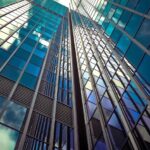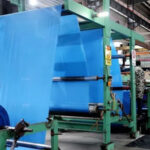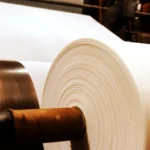CHEMICAL DRIVEN INDUSTRIAL UPGRADING:six practical areas from production efficiency to green transformation
Main application scenarios: Detergent, Papermaking, Printing And Dyeing, Fertilizer, Glass, Water Treatment Industry
Application Areas Include

Chemical additives (surfactants, enzyme preparations) determine their cleaning power and environmental friendliness.

The raw material ratio and melting chemistry determine the strength, transparency, and functionality of glass.

Chemical agents and oxidation technology achieve pollutant degradation, water purification, and recycling.

Dye chemistry and auxiliary technology determine color stability and dyeing efficiency.

The entire process of pulp making, bleaching, and sizing relies on chemical treatment to determine paper properties.
Common Role
Core material supply
Provide production raw materials and functional additives
Process efficiency improvement
Optimize production processes to reduce energy consumption and costs
Green transformation support
Addressing pollution issues and promoting a circular economy
The issues you may be concerned about
The selection of the best product depends on multiple factors, including:
Specific application requirements: What problem do you want to solve?
Target effect: What results do you expect to achieve?
Operating conditions: temperature, pressure, pH value, coexisting substances, etc
Cost effectiveness: Balance between initial costs and long-term benefits
The product price is influenced by various factors, including product type, specifications, order quantity, transportation distance, etc. We offer competitive market prices.
Contact us to learn more
